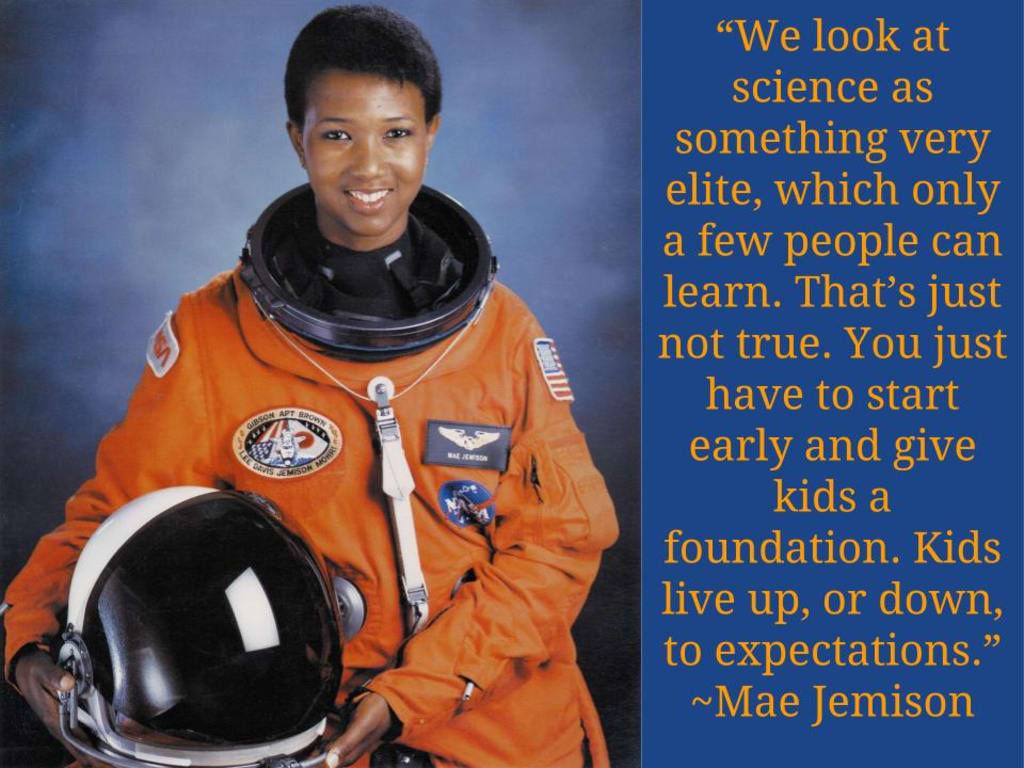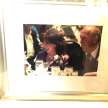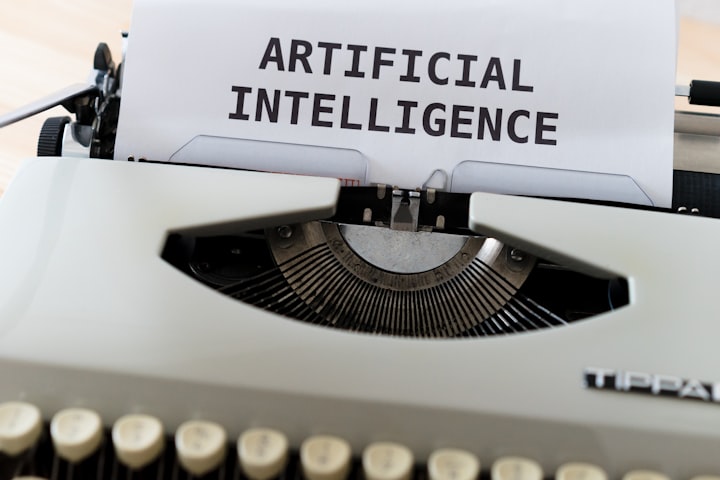Reaching for the Stars
Dr. Mae Carol Jemison is an innovator of the highest sort—literally.

I am inspired by the person who leads the ‘100-Year Starship Program’ because they aim to send humans outside of our solar system in the next century! When I found out the lead was a woman, I was pleasantly surprised. Then, when I discovered it was a black woman, my appreciation grew. Realizing she was about my age and taking into consideration what the world was like when we grew up, I wondered… "How in the world she was able to accomplish all that she has?” In 1992, she became the first black woman astronaut to travel into space. She’s served in the Peace Corps as an officer. She’s a doctor (General Practitioner), and an engineer. Plus currently, the aforementioned program lead for the Defense Advanced Research Projects Agency. So, I decided to do some research and find out how Dr. Mae Carol Jemison managed to lead such a remarkable life.
In the crisp Autumn air of 1956, not long before I was born, a kindred spirit entered the world in ‘The River City’ aka Decatur, Alabama. If two’s a pair, then three’s a charm… Yes, Charlie and Dorothy Jemison welcomed their third child into the world, a girl, whom they named Mae Carol Jemison. I say ‘kindred spirit’ not because I shared any of her accomplishments—I can only write about them; but because we shared the same longing and frustration as a young girl.
Like me, she was fascinated with the original TV series: ‘Star Trek’. To me, the show was all about future possibilities. I remember the astonishment… “There are women astronauts?” It was quickly followed by feelings of excitement: “Women can go into space in the future!” But for Mae Carol Jemison, and so many young black girls of that era, she was motivated by seeing a black woman on the bridge of that spaceship—Lieutenant Uhura (portrayed by Nichelle Nichols). Another way we are kindred spirits is that I, too, was frustrated that there were no women astronauts on the Apollo missions. The news and President Kennedy talked of wanting to put a man on the moon… How about putting a woman on the moon, too? Growing up in that era, I only dreamed about the day when all men and women would have equal opportunity based on their skill, with no regard to gender or race; but Mae Carol Jemison, from a very young age, was determined to make it happen!
Soon, her family moved to Chicago, so her mother could teach Math and English at Ludwig van Beethoven Elementary School. That, in itself, was an accomplishment back in those days; because for a woman to teach Math, conflicted with gender norms at the time. Perhaps Mae gained her determination from her mother. And perhaps she gained her strong work ethic (which is just as important) from her father, who was a roofer and carpenter. What I do know is that it’s on record that both her parents encouraged this curious little girl’s interest in the sciences. It started out with an interest in Human Physiology. Have you ever had a little girl tell you she was interested in a career in science or medicine, and instead of encouraging her to become a doctor or scientist, the adults assume she should be a nurse? Well, that’s what Mae’s Kindergarten teacher did to her… discouraged her to shoot for something ‘more attainable’. But, in the school library she could pursue whatever interests she desired as she was growing up; so books on astronomy especially captured her imagination. All that reading probably helped her to become a consistent honor student. I have fond memories of the library when I was young, too. Mae’s appreciation of the importance of reading for children is just one more reason why I admire her.
An often overlooked aspect of such role models as Dr. Jemison is that she was a well-rounded person. Mae had a love of dance from a very young age. You may think it’s not worth mentioning, but I don’t look up to people who become successful in their careers, at the expense of all else in their life—faith, family, outside interests... That’s not the way I measure “success”. Mae even choreographed a musical later, when she was at University.
Remembering how young and ill-prepared I felt when I entered a University at age 17; I marvel that Mae graduated from Morgan Park High School and entered Stanford University at an even younger age—she was only sweet 16! Besides her young age, she also had to deal with the fact that there were very few African-American students in her classes (for an Engineering major). But the worst obstacle I imagine was the discrimination she was subjected to by her professors. For instance, in her 2000 article she wrote for the New York Times titled “Outnumbered: Standing Out at Work", Dr. Jemison recalled what it was like in her college classes, saying (and I quote): "I would ask a question and a professor would act as if it was just so dumb, the dumbest question he had ever heard. Then, when a white guy would ask the same question, the professor would say, 'That's a very astute observation.’’’ But like always, Mae looked for what she COULD do, rather than dwell on the negatives. She served as the head of the Black Student Union.
At Stanford, Mae had a tough decision to make… She knew she wanted a career in science, but which field to pursue? After receiving two B.A. degrees in Chemical Engineering as well as African and African-American Studies, Mae left Stanford for Cornell University Medical College, where she graduated as an M.D. I didn’t realize she worked at a refugee camp in Thailand during those years, until doing this research on her. She also helped out in Cuba and Kenya. She inspired me even prior to learning these things, but now, even more.
Dr. Jemison interned at Los Angeles County/University of Southern California Medical Center, then became a Peace Corp medical officer. In that capacity, she served in Sierra and Liberia. But, how did she end up following her childhood dream and becoming the first black woman astronaut to travel into space? Obviously, she had to decide to pursue a career change and applied for NASA’s training program in 1985. But, we all remember what happened in 1986… The world saw the Challenger explode on live TV. My children were watching it, at the time, and my son even had a picture of the space shuttle on his bedroom wall. My children talked often about the upcoming Challenger lift-off both at home and at school, excited because for the first time, a teacher, Christa McAuliffe, was going into space. In fact, their classrooms were watching when the Challenger exploded, killing everyone on board—it was quite traumatic and SO tragic. Had all the news prior about Christa McAuliffe being the first teacher to go into space rekindled Dr. Jemison’s long-held dreams? I don’t know, but whatever the motivation, her dreams were squelched after the Challenger disaster. But, did Dr. Jemison give up? No, she reapplied to NASA’s training program again, the very next year—and this time, she was among only 15 accepted out of 2,000 candidates—and the very first black woman to be admitted! What did they have her train on? Conducting science experiments on the Space Shuttle. You can imagine how much she thrived doing this! Her title was ’Science Mission Specialist’.
But, when did her dream come true? The historic date was September 12, 1992 when Dr. Jemison flew up into space on the Endeavour. What an appropriate name! The definition of ‘endeavour/endeavor’ is: "to attempt something by exertion of effort, to strive to achieve or reach, to work with a set purpose.” All of these define what I have learned about Dr. Mae Carol Jemison, and are why I am so inspired by her. I don’t care about all her awards and memberships in various organizations… what I care about is her determination and historic accomplishments helped pave the way for women everywhere, despite their race. I will excitedly follow her impressive career as she leads the ‘100-Year Starship Program’. As she reaches for the stars into the solar system; I can’t help but remember how both of us were fascinated with ’Star Trek’ as little girls; but rather than just lamenting over how the actual space program was not as inclusive as it was depicted on TV, Dr. Mae Carol Jemison taught me to be determined to make a difference. I may not be an astronaut (far from it), but no matter what I encounter in my life that I wish were different—better; I am inspired by Dr. Jemison to BE the change I want to see.
The End
About the Creator
Karla Bowen Herman
I've always wanted to be an author, ever since I was a little girl. Time has a way of flying by when you're raising a family. But, I've discovered you're never too old to start! May something I write someday, lift someone's heart.






Comments
There are no comments for this story
Be the first to respond and start the conversation.